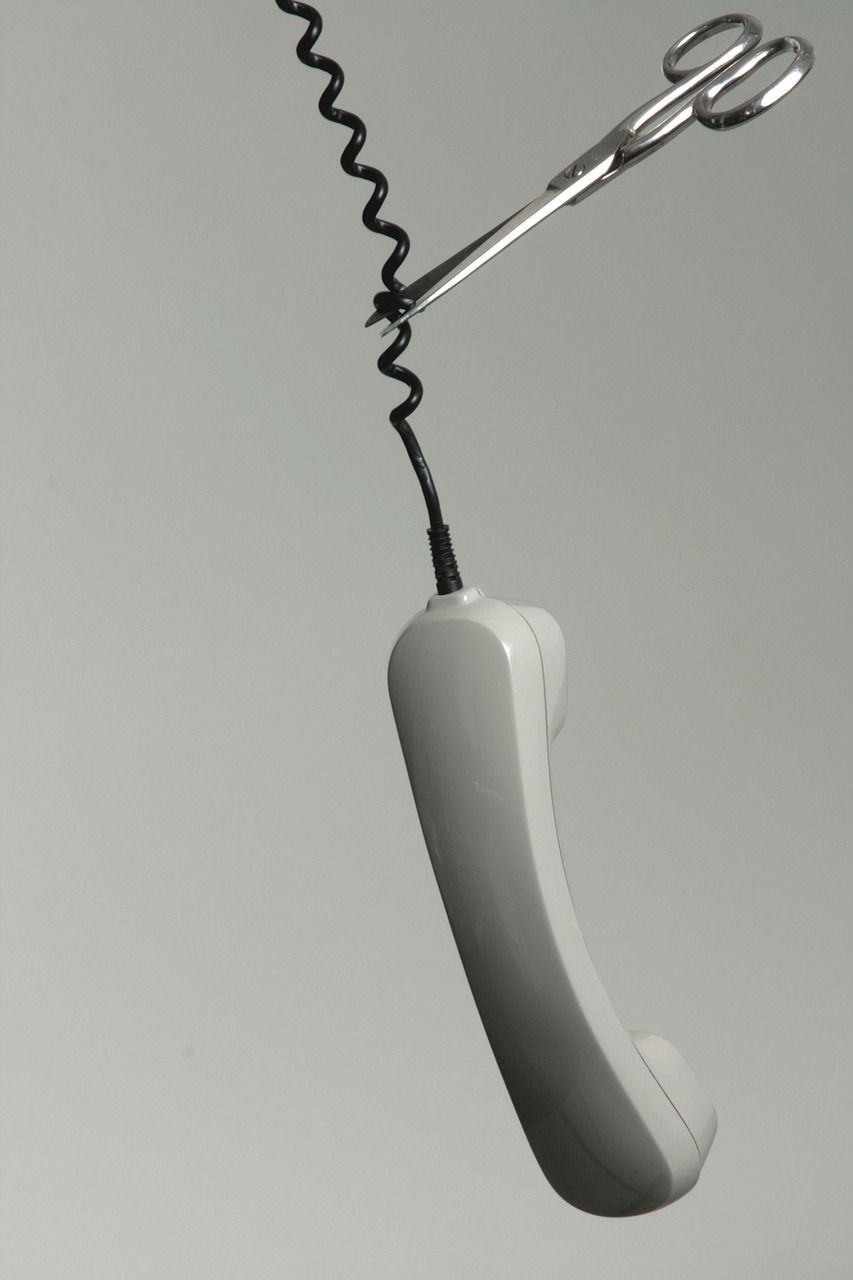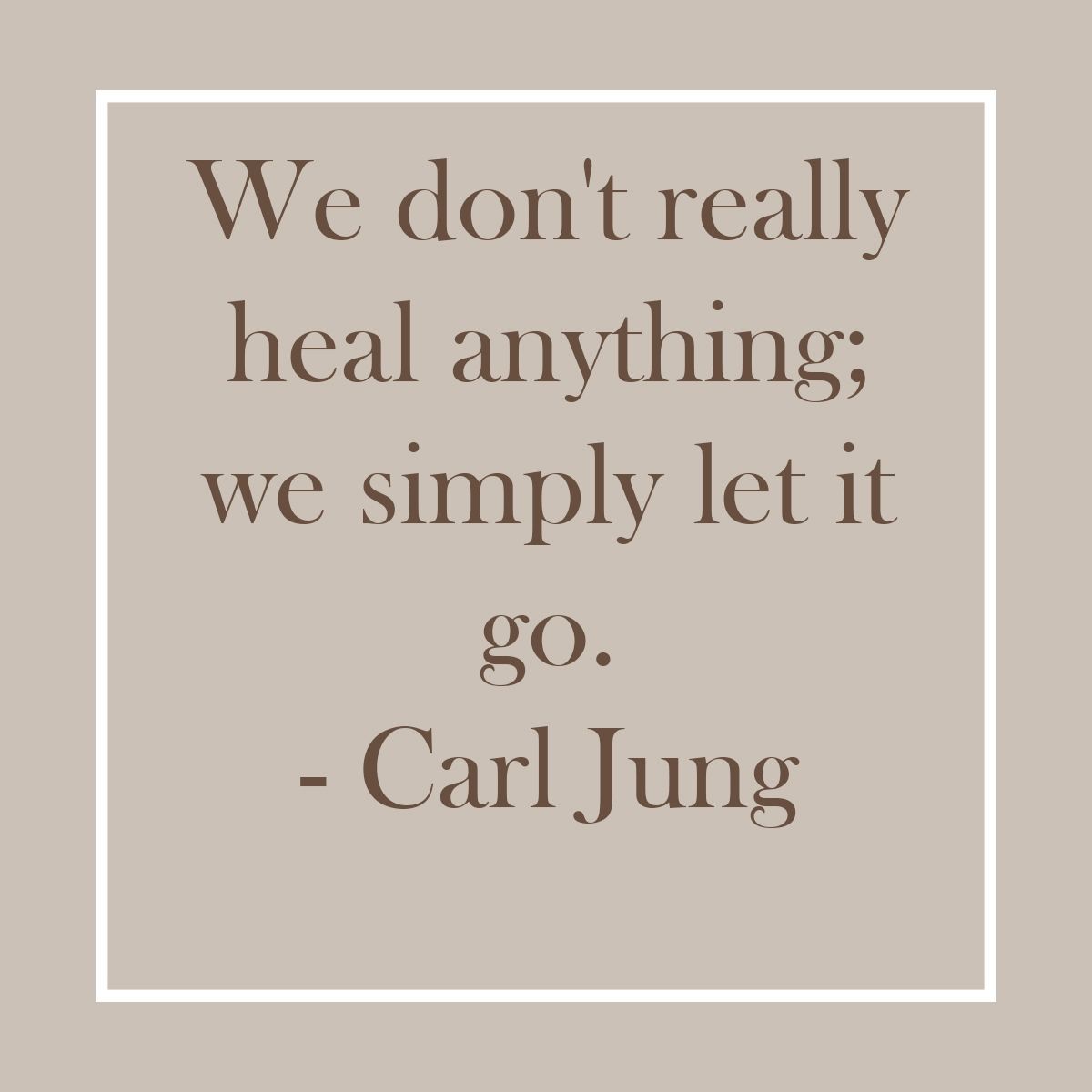The path to health part 1: the 80-20 Rule
Last week I promised that I would begin a series on the fundamental rules for living healthfully. Here is the first installment.
If you’re only going to follow one rule for being healthy, then this should be it: the 80-20 rule. I got asked a few weeks ago by an 11-year old child how much “junk food” he should be allowed in a day. This is a question I wish more people would ask themselves. Why? Because people who ask themselves this question recognize that being healthy is a balancing act with two important pieces to keep in mind: one, to be healthy one must consume lots of good, nourishing, healthy foods, and two, to truly enjoy life to its fullest, one must realize that we can still be healthy while also allowing room for those little indulgences here and there that are a natural part of life. Yes, you are allowed to have your cake and eat it, too. Just not the whole cake at one sitting.
The fact is we need a certain amount of vitamins, minerals, protein, fibre, essential fats, antioxidants and so on every day in order to keep our immune system strong, digestive system working, and every other element in our bodies functioning optimally. And let’s face it, “junk food” is exactly that – completely devoid of most nutrients other than calories. If your diet is nutrient-poor, you’re NOT going to feel your best. You’ll be more tired throughout the day than you should be, you’ll get sick more often, and your chances of avoiding long-term disease get worse and worse. So if your diet consists of a lot of junk food, you are obviously consuming less healthy food than you could be, and you’re unlikely to have enough of the good stuff you need to get the job done.
So how much of your diet can be “junk”? I say no more than 20%. Sounds like a lot? Let’s break it down: let’s say you need 2000 calories daily to maintain your weight. Then 20% is 400 calories. But now we have to define “junk”. For me, that’s anything that isn’t part of a food group, or that technically is, but has been heavily processed so the nutrient value isn’t optimal.
In case you’ve forgotten, here are the four food groups:
Fruits & Vegetables
(you should know what these are)
Grains
(breads, cereals, pasta, rice, crackers, oatmeal etc.)
Dairy & Alternatives
(milk, cheese, yogurt, soy milk & cheeses, kefir etc.)
Meat & Alternatives
(meat, poultry, fish, beans, lentils, tofu, nuts, seeds, eggs, etc.)
I also make some allowances for healthy oils like olive and canola in salad dressing and while cooking…some fat is essential, but most of your fat intake should come unprocessed from foods such as olives, avocados, nuts, seeds and so on.
So what’s “junk”?
- Sugar, candies, cake, pop, chocolate, alcohol etc…these should be obvious.
- Jam, ketchup, mayonnaise, relish etc…these may have started off as “strawberries, tomatoes, eggs, and cucumbers” but there’s been so much processing, sugar, and salt added that they only barely resemble their original state.
- White bread, white rice, white pasta etc…once you process away the bran, you’ve not only taken out all the health benefits of fibre, but you’ve also removed a whole bunch of other nutrients, only some of which are added back, and not necessarily in forms that are optimally absorbed the way they are from the unprocessed plant.
Still think 400 calories are a lot? Ever have a Tim’s bagel with cream cheese on it for breakfast? You’ve just used up your 400 calorie allotment right there (we discussed the white bread, but cream cheese is so far removed from milk that it can’t be counted either.) I guess you’re going to have to pass on that large double-double to go with it. The extra couple hundred calories from cream (milk fat…not much use beyond calories) and sugar (more empty calories) would completely blow your empty-calorie budget. (It’s 270 calories to be exact, according to the nutrition calculator on their website. )
Seriously, we are surrounded by processed s**t everywhere we go. If it doesn’t much resemble the food from its original state, most likely it’s not a healthy food. And if the ingredient label shows a bunch of added sugars and fats, it’s probably a good bet that that’s not healthy for you either.
It’s time to take personal responsibility. If you know you’ve eaten a sandwich on white bread and a handful of M&Ms already, you’ve reached your limit for the day. Want a snack? Well, you’re going to have to leave the chocolate chip granola bar aside ( not in a food group ) and have a fruit or vegetable instead ( food group ). You could even put some peanut butter on that apple (yum!) or have some hummus with those veggies. Now you’re not only satisfying your hunger with a delicious snack, but you are no longer neglecting your body’s need for nutrients.
Every time you put something in your mouth, you’re making a choice between health and sickness. I’m suggesting that you make at least 80% of what goes in your mouth healthy, nourishing food which will promote health and ward off illness. I can’t deny that there are umpteen choices to be made every day, and there are lots of people around who will try to sway your decision for the worse, but the decision always rests with you. Eating healthy isn’t hard, but it takes a person who cares about their health to make the right choices.
So how much do you care?













